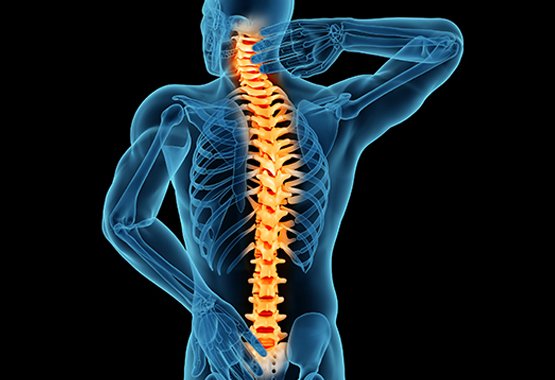Spine Treatments
Spine Treatments


Spine Conditions We Treat
Partial Spine Conditions

Spine Treatments Procedure
1. Diagnosis & Evaluation
Every spine treatment begins with a thorough assessment:
Medical History & Physical Exam
Imaging Tests: X-rays, MRI, CT scan, or nerve studies
Pain Source Identification: Determining the exact structure causing pain (disc, nerve, bone, muscle)
2. Non-Surgical Treatment Phase (First Line of Care)
Most patients begin with conservative options such as:
Medications: NSAIDs, muscle relaxants, or nerve pain medications
Physical Therapy: Strengthening, flexibility, and posture training
Injections: Epidural steroid injections, facet blocks, or nerve ablations
Activity Modifications: Ergonomic corrections, weight loss, pain education
3. Minimally Invasive Procedures (If Conservative Care Fails)
For ongoing symptoms or nerve compression, we may recommend:
A. Microdiscectomy
Removes part of a herniated disc pressing on a nerve
Small incision, short recovery time
B. Laminectomy / Laminotomy
Removes bone or tissue to relieve pressure on spinal nerves
Often used for spinal stenosis
C. Foraminotomy
Enlarges nerve passageways to relieve compression
D. Vertebroplasty/Kyphoplasty
Injects cement into fractured vertebrae to stabilize spine
4. Surgical Spine Procedures (When Needed)
When structural damage is severe or progressive, surgery may be necessary:
A. Spinal Fusion
Fuses two or more vertebrae to eliminate movement and stabilize the spine
Used for scoliosis, instability, or degenerative disc disease
B. Artificial Disc Replacement
Replaces a damaged disc with an implant that preserves motion
An alternative to fusion in select cases
C. Corrective Spine Surgery
For deformities such as scoliosis or kyphosis
Frequently Asked Questions (FAQs)
Back pain can result from muscle strain, disc problems, arthritis, or injury. See a doctor if the pain is severe, persistent for more than a few weeks, or accompanied by numbness, weakness, or bladder/bowel issues.
No. Most spine conditions improve with non-surgical treatments. Surgery is considered when conservative measures fail or in cases of severe nerve compression or instability.
It’s a technique using smaller incisions and specialized instruments to reduce tissue damage, pain, and recovery time compared to traditional surgery.
Recovery depends on the procedure but often ranges from a few weeks to several months. Physical therapy is usually recommended to restore strength and mobility.
Yes, physical therapy is often the first line of treatment. It helps strengthen supporting muscles, improve flexibility, and reduce pain.

